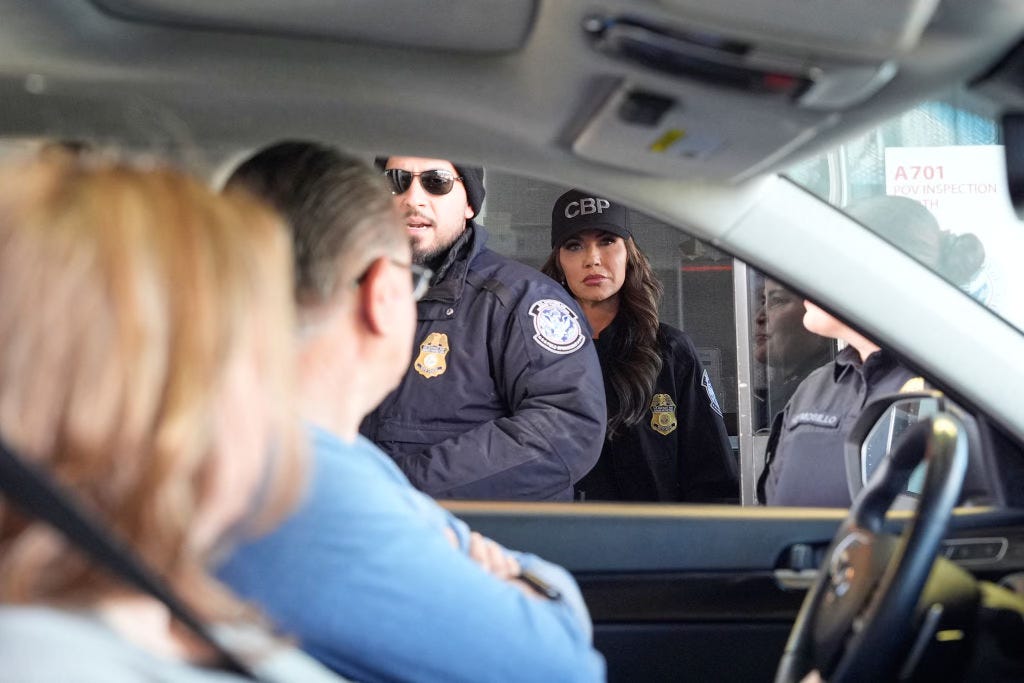Journalism is too opaque and misunderstood. Chills gives a behind-the-scenes look at how dangerous investigative journalism gets made.

Traveling to dangerous places as a journalist requires preparation. There are the basics, like creating a clear contact list of places where you’ll be staying and sources you trust in-country that you can give to your editor or friend just “in case,” or packing a rubber doorstop as an added safety precaution for precarious lodgings. That came in handy as I was in transit to the Democratic Republic of Congo and stopped overnight at a Rwandan hotel—the Milles Collines, aka the one featured in the movie “Hotel Rwanda,” where nearly 1,000 people had taken shelter from the genocide — and the lock on my door literally had been ripped off.
Then there are more involved preparations, like securing your digital devices, which must be tailored to the place you’ll be reporting in. In Congo, for instance, the government and militias are likely going to be unable to hack into your files. (When I was detained by the Congolese intelligence service, they didn’t have computers and their filing system appeared to be a busted hole in a wall shoved full with papers.) But in places like Syria under the Assad regime, the government was working at a sophisticated digital level. Also, they regularly used torture to get activists’ Facebook and other passwords out of them. I can’t tell you how many times I insisted that my sources and I switch to a more secure direct messaging system, and how many of them refused and eventually went missing.
As a journalist who has done these preparations many times over the years, it’s hard to describe what it feels like to receive an alert from my work alma mater, the Committee to Protect Journalists, advising my foreign colleagues to prepare themselves for new threats upon entering the United States. A gut punch, basically. We’re way past the irritation of the “fake news” years of the first Trump administration. We’re now on to issuing safety advisories.
The administration is currently considering a plan that would restrict travel from more than 40 countries, including Venezuela, Pakistan and Russia, to the United States. On top of that, the press freedom group has received increased reports of device searches and additional scrutiny over online opinions at the U.S. border.
“CPJ has seen a spike in concern among journalists whose work entails travelling to the United States or crossing the border,” said Catalina Cortes, CPJ’s Interim Chief Emergencies Officer. “Our safety advisory helps journalists proactively manage these risks, making them feel prepared and confident while planning their reporting.”
CPJ is urging reporters “to complete a risk assessment, identify emergency contacts, develop a check-in procedure and keep those contacts on paper in case devices are confiscated. Journalists should also prepare for possible additional screening. Failure to comply with a request from a border guard could result in devices being seized and, depending on the journalist’s immigration status, delays or refusal of entry.”
There are a host of other preparations CPJ suggests foreign journalists make, such as possibly leaving their personal or work devices at home and bringing other devices and new SIM cards — with nothing linking these back to anything but the trip they’re currently on. Also, the group suggests disabling biometric access to devices. Here is CPJ’s full digital security checklist:
And here is their more general checklist for foreign journalists:
Freedom of the press is one of the first things to go in an autocracy. The crackdown is real.
Chills is self-funded, without ads. If you want to be a part of this effort, of revealing how difficult reporting is made — of sending me to places like Ukraine to report for you — I hope you will consider subscribing for $50/year or $7/month.




Of all your essays, this is the most terrifying. We are in big trouble.